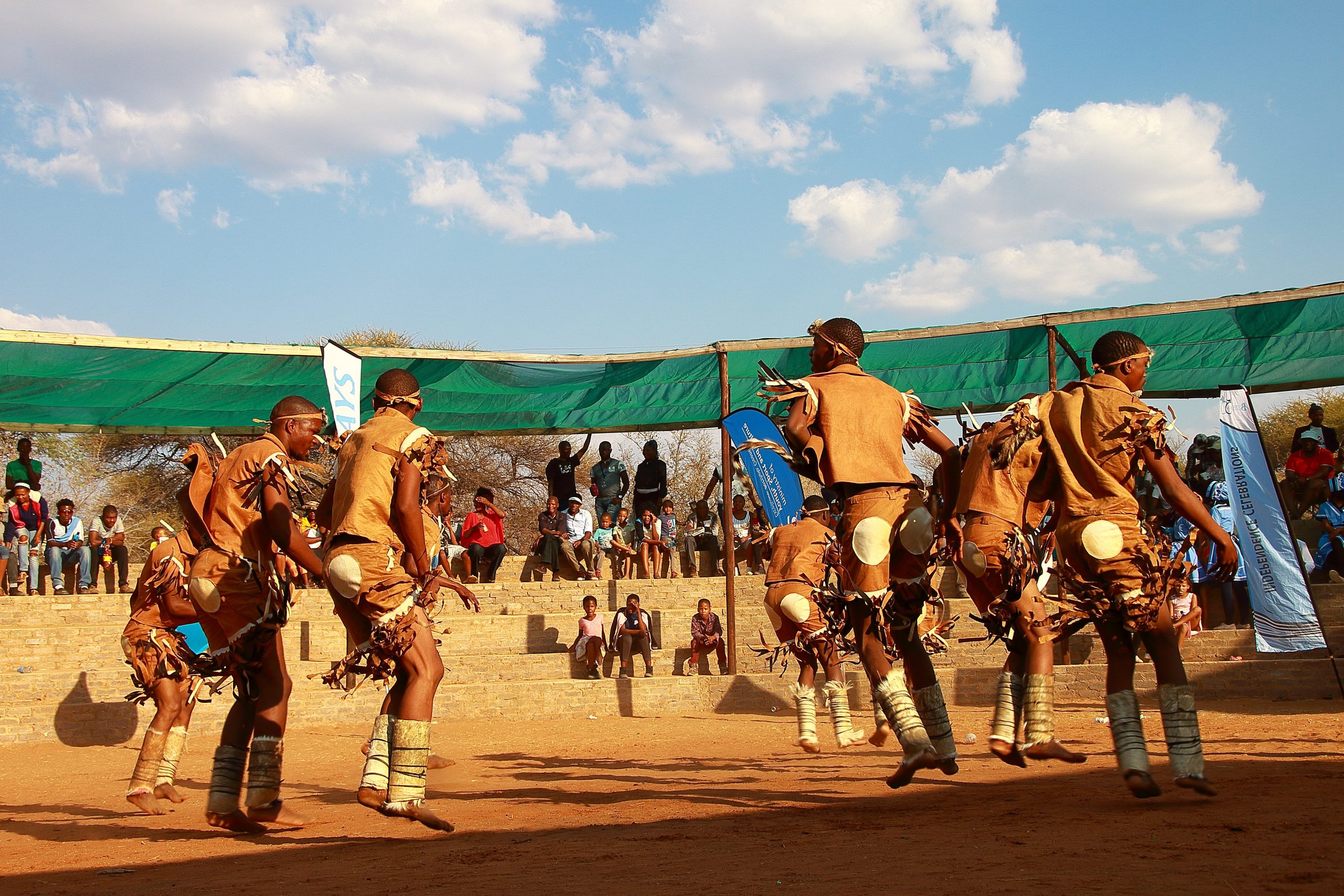Table of Contents
The 10 Best Cultural Tours In Botswana
Here are the 10 best cultural tours in Botswana and they include the Okavango Delta cultural experience, Tsodilo Hills rock art tours, Thamage pottery and craft village, and and and and Gaborone city cultural walk among others. Cultural tours are a true definition of an African Safari.
Botswana stands among the gifted African countries with a landscape predominantly characterized by the vast expanse of the Kalahari Desert, and epic wildlife in Chobe National Park, Moremi, and the Okavango delta . It is a landlocked country bordered by South Africa to the south and southeast, Namibia to the west and north, and Zimbabwe to the northeast. Remarkably, the Kazungula Bridge extends Botswana’s reach to Zambia, solidifying its connection with a neighboring nation through the world’s shortest border between two countries.
1. Okavango Delta Cultural Experience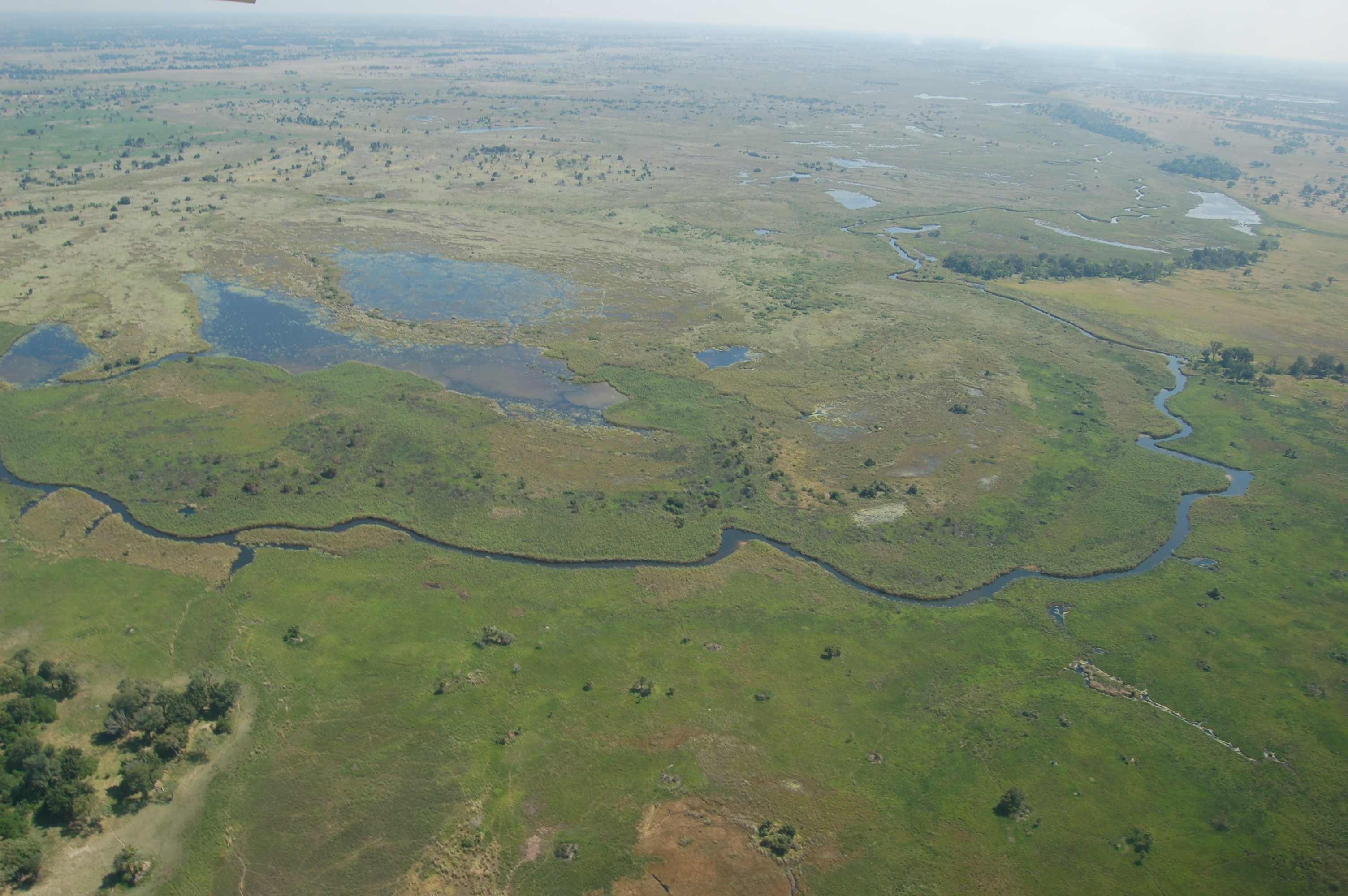
Ranked among the top 1o cultural tours in Botswana, the Okavango Delta Cultural Experience offers an immersive and one-of-a-kind glimpse into the lives of the indigenous populations that live in this UNESCO World Heritage Site. In addition to its diverse animal population and breathtaking natural beauty, the Okavango Delta is home to a complex tapestry of cultural customs that are inextricably linked to the delta’s ecosystem.
Visitors will gain insight into the daily lives, customs, and cultural practices of indigenous groups of Bayei and Batawana people, who have lived in the Okavango Delta for generations, and interact with them, indulge in vibrant demonstrations of traditional dance and song, as well as local guides who share their extensive knowledge of the delta’s flora and wildlife, including traditional medicinal plant uses for healing providing a thorough understanding of the complicated interplay between the natural environment and the community.
One of the Okavango Delta Cultural Experience’s attractions is riding a mokoro. The residents’ primary mode of transportation is digout canoes, which provide travelers with an authentic experience of the delta and an insight of how people have traveled for decades.
Take advantage of artisan workshops, where local artisans demonstrate their skills in woodcarving, basket weaving, and other traditional crafts, for handcrafted souvenirs.
2. Tsodilo Hills Rock Art Tours
Tsodilo Hills Rock Art Tour is among the 10 best cultural tours in Botswana ; it’s an amazing cultural experience. Nestled in the heart of the vast Kalahari Desert, Tsodilo Hills is a UNESCO World Heritage Site that is well-known for both its breathtaking beauty and the ancient rock art that covers its surfaces, offering a fascinating glimpse into the spiritual and cultural heritage of the San Bushmen.
With thousands of paintings strewn over the hills, Tsodilo Hills is home to one of the greatest concentrations of rock art in the world. These works, made thousands of years ago by the San Bushmen, provide a fascinating link to the rich history of the area.
Typically, the Tsodilo Hills Rock Art Tour is guided by informed guides who provide in-depth explanations of the significance and meaning of the rock art. Exploring the history behind each brushstroke, visitors acquire a deeper knowledge of the cultural histories buried in the paintings.
Hiking across the hills is a common component of the tour, which gives participants breathtaking views of the surrounding desert terrain. The whole artistic experience is enhanced by the way the old rock art is positioned against the Kalahari.
According to archaeological research, Tsodilo Hills has been inhabited for more than a million years. Visits to archaeological sites that highlight the facets of human history and the development of local cultures may be part of the tour.
Astronomical significance also extends to Tsodilo Hills, where certain rock art is said to correspond with heavenly occurrences. Learning about the ancient people’s conception of the universe gives participants on the cultural trip an additional level of curiosity.
The Tsodilo Hills Rock Art Tour offers an in-depth investigation of the San Bushmen’s lasting cultural heritage rather than just a trip through time. In the middle of Botswana’s Kalahari Desert, it provides a distinctive fusion of archaeology, art, spirituality, and natural beauty, making it a rich and immersive cultural experience.
3. Thamage Pottery And Craft Village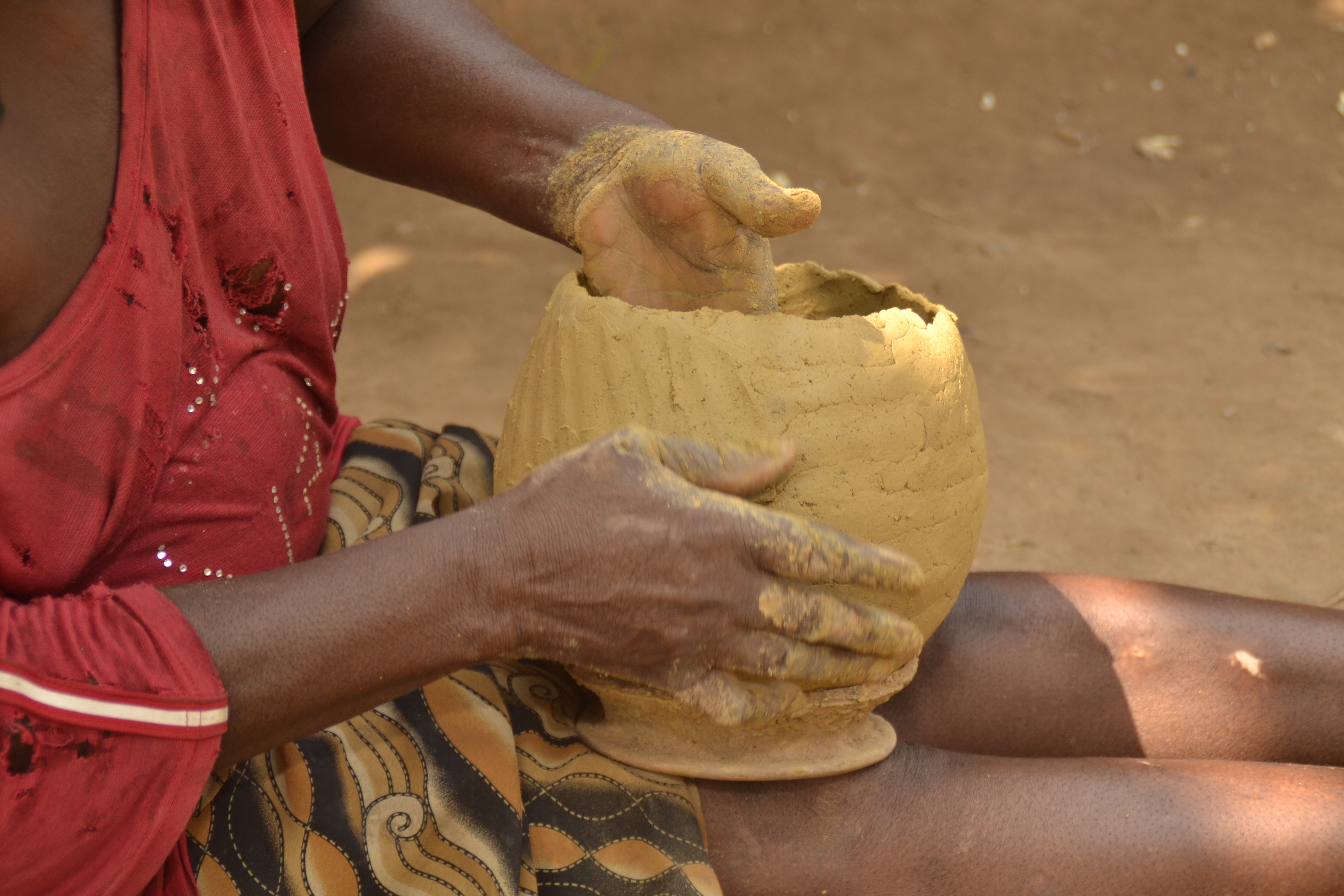
Among the best cultural excursions in Botswana, the Thamaga Pottery and Craft Tour is a lovely cultural outing. This tour, which is situated in the village of Thamaga, offers a hands-on introduction to the ancient ceramic craft that has been carried out by the community’s artists for generations. The Thamaga Pottery and Craft Tour is a distinctive and enlightening cultural encounter for the following reasons:
Attendees of the Thamaga Pottery and Craft Tour can participate in pottery classes and interact directly with knowledgeable craftspeople. Visitors may mold and shape clay during this interactive experience, which gives them an understanding of the complex methods used to make the wonderful pottery for which Thamaga is known.
In addition to pottery, other traditional crafts that are common in the area are frequently demonstrated during the trip. This could include wood carving, beading, and basket weaving, exhibiting the various artistic mediums and abilities of the neighborhood.
The trip offers a venue for guests to learn about the cultural significance of pottery in Botswana and allows important cultural contacts with local craftsmen. Craftspeople can impart tales, elucidate the meaning inherent in their crafts, and provide perspectives on the historical background of their trade.
Thamaga is well-known for its unique ceramics, which have vivid hues and detailed patterns. The trip enables guests to recognize and comprehend the distinctive style that characterizes Thamaga pottery, which reflects the community’s cultural identity.
Visitors who take part in the Thamaga Pottery and Craft Tour make a direct economic contribution to the community. The tour frequently highlights the value of eco-friendly travel methods, contributing to neighborhood projects, and maintaining traditional crafts as a source of income.
Discussions about Thamaga’s cultural legacy and the initiatives taken to maintain and pass on traditional crafting techniques to next generations may come up during the tour. This tour feature emphasizes how crucial cultural continuity is in the face of modernity.
The Thamaga Pottery and Craft Tour is essentially a celebration of community, creativity, and tradition. It provides an interactive investigation of artistic expression, cultural history, and the adaptability of traditional crafts to modern life. This tour takes you on a journey into the core of Thamaga culture, not just to see pottery.
4. Gaborone City Cultural Walk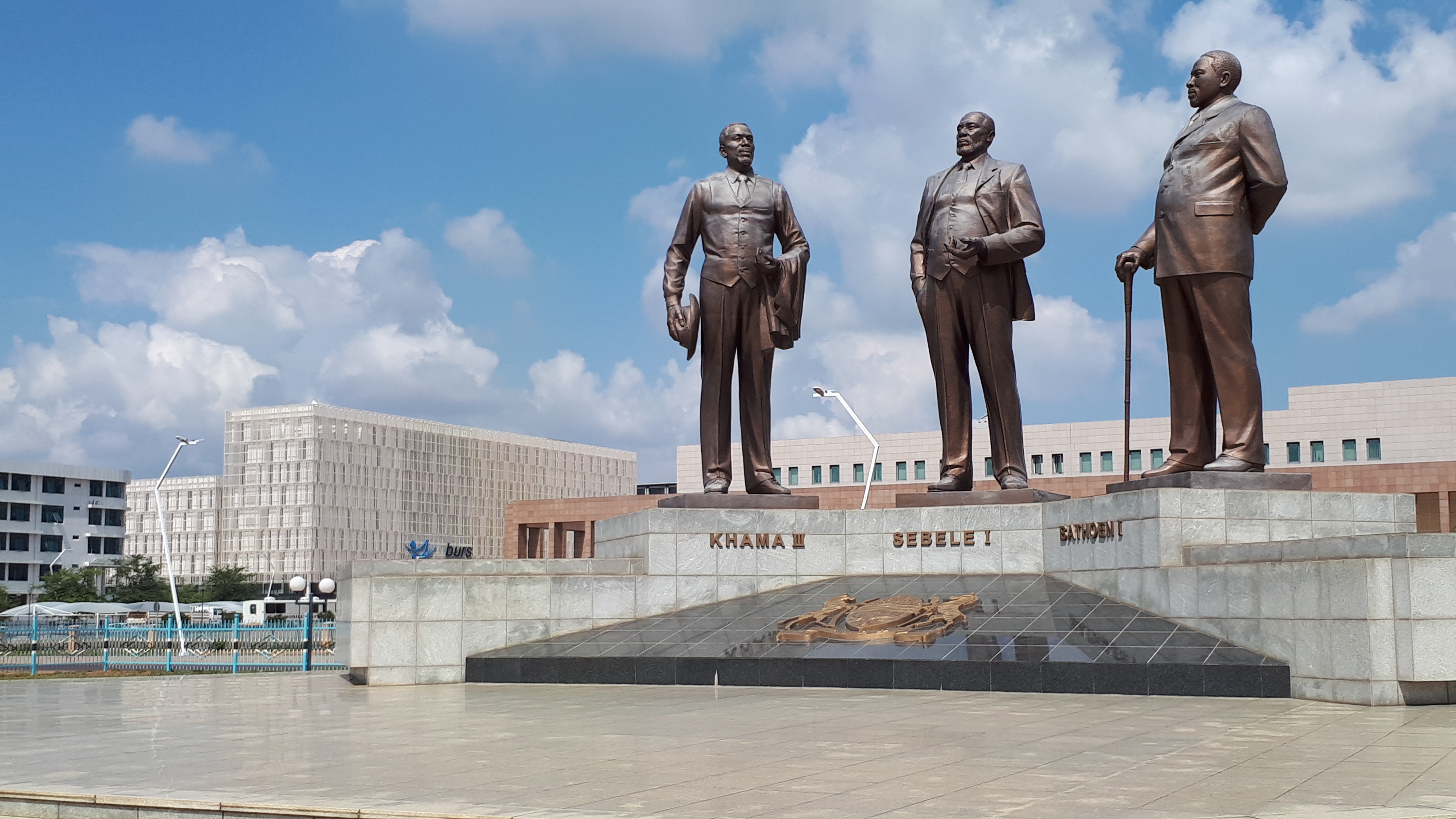
The immersive and one-of-a-kind Gaborone City Cultural Walk is ranked among the 10 best cultural tours in Botswana. Botswana’s largest and capital city, Gaborone, is a vibrant metropolis that deftly blends modernity with cultural diversity. Gaborone’s cultural stroll takes visitors on an exciting journey that takes in both modern and historical locations. See well-known sites including the Three Dikgosi Monument, which symbolizes Botswana’s unity, and the Gaborone International Convention Centre, a contemporary masterpiece.
The National Museum and Art Gallery, where guests may explore Botswana’s history, art, and cultural heritage, is a crucial destination on the cultural walk. The museum presents a wide range of exhibits, from modern artworks to items from archaeology, giving visitors a thorough understanding of the rich cultural diversity of the country.
Take a stroll around the Government Enclave, which houses important government structures. These include the President’s Mansion, which provides insights into the political climate of the nation, and the Parliament Building, a magnificent architectural icon.
Take in the commotion of both modern and traditional marketplaces. Participants enjoy the economic and commercial vibrancy of the city from the bright and bustling Gaborone City Market, where local sellers provide fresh vegetables and crafts, to the contemporary retail areas.
Investigate cultural establishments like the Botswana Craft and Art Market, which features the creations of regional artisans and craftspeople. Interact with the creative community to see how traditional and modern expressions blend together.
The parks and public areas of Gaborone provide peaceful escapes from the bustle of the city. Take a leisurely stroll around locations such as the Main Mall or the Gaborone Dam to build a link between the city’s contemporary growth and its people’ outdoor lifestyle.
Recognize Gaborone’s architectural diversity, which ranges from historic buildings to cutting-edge skyscrapers; the cityscape tells the changing story of Botswana’s expansion and development.
The Gaborone City Cultural Walk essentially provides a comprehensive overview of Botswana’s capital, encompassing its historical, cultural, and contemporary aspects. This trip promotes a deeper understanding of the city’s people, customs, and continuing progress in addition to offering a visual feast of landmarks. Nestled in the heart of Botswana, it is a compelling fusion of modern dynamism and antiquity.
5. Makgadikgadi Salt Pan Cultural Safari
The Makgadikgadi Salt Pans in Botswana are renowned for their breathtaking natural beauty and distinctive sceneries, but they also present fantastic chances for cultural tours that give guests a greater appreciation of the area’s rich history. The Bushmen, commonly known as the indigenous San people, live in the Makgadikgadi region.
Cultural excursions frequently involve engaging with the San people, providing an opportunity for visitors to gain knowledge about their customs, hunting and gathering methods, and traditional survival abilities. The San people offer a unique perspective on their profound connection to the land through their vast knowledge of the local flora and wildlife.
The Makgadikgadi Salt Pans were formerly a part of a massive, extinct lake. Artefacts dating back thousands of years are among the evidence of early human occupation found at local archaeological sites. On cultural trips that include stops at these locations, tourists can learn about and gain an appreciation for the region’s historical heritage.
Cultural camps and lodges in the Makgadikgadi Salt Pans offer immersive experiences that enable guests to interact with the locals. These places often host cultural events including storytelling sessions and folk dances. These camps offer a closer-knit and more authentic view of the culture.
Nomadic herding communities like Ntweng and Nxai Pan live in the Makgadikgadi Pans. Cultural excursions occasionally include visits to their communities, where visitors can witness their practices of herding cattle and leading a nomadic lifestyle tailored to the arid region.
Thus, the Makgadikgadi Salt Pans in Botswana offer much more than just breathtaking scenery; they give visitors access to the rich and diverse cultural heritage of the area. Visitors can interact with indigenous groups, discover their customs, and obtain an understanding of the distinctive culture that makes Botswana so exceptional by taking part in cultural tours.
6. Kubu Island Heritage
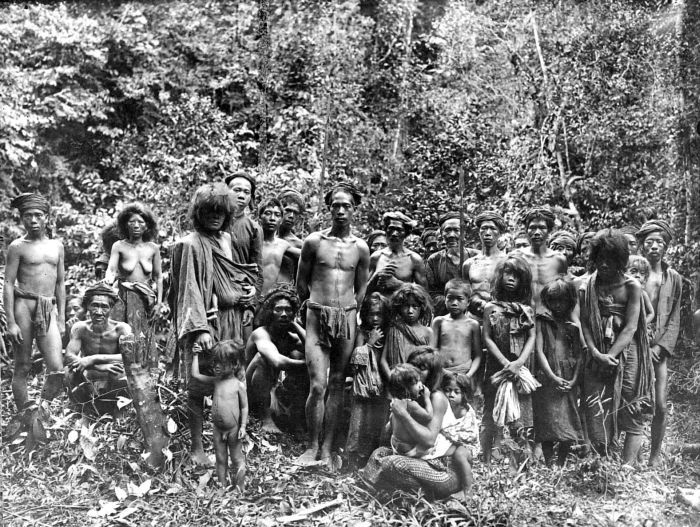
The Kubu Island Heritage Tour, which combines the historical and cultural significance of Kubu Island with the breathtaking scenery of the Makgadikgadi Salt Pans, is among the 10 best cultural tours in Botswana. Situated in the vast Makgadikgadi Salt Pans, Kubu Island holds great historical and archaeological significance.
Numerous ancient baobab trees, some estimated to be over a millennium old, may be seen on the island. The island has been discovered to have stone age tools and remnants in addition to trees, which shed light on prehistoric human activity.
The petroglyphs and rock markings on Kubu Island provide insight into the previous life of those who once made the island home. These sculptures depict a variety of everyday settings, including hunting scenes and symbols purported to have religious meaning. Interpretations of these carvings are frequently given by cultural tour guides to assist guests in understanding the symbolic and cultural significance associated with them.
This is a great place to stargaze because of the size of the Makgadikgadi Salt Pans and the isolation of Kubu Island. Cultural tours sometimes incorporate nocturnal activities that let guests enjoy the magnificent African sky. These connections to cultural astronomy and folklore shed light on how prehistoric societies used the sky for storytelling and navigation.
Cultural excursions frequently include camping on or near Kubu Island. It’s a deeply immersive experience that allows visitors to appreciate the tranquilly of the salt pans and sense a connection to the natural world. A closer bond and an increased understanding of the historical value of the environment are fostered by camping under the stars, which is a cultural experience in and of itself.
All things considered, the Kubu Island Heritage Tour combines the island’s natural beauty with its rich history and customs to provide you with a unique cultural experience in Botswana. It provides a thorough overview of the cultural history of the region from antiquity to the present.
7. The Supa Ngwao Museum

The Supa Ngwao Museum, one of the 10 best cultural tours in Botswana, is a vital organization dedicated to preserving and showcasing the wide variety of human history, culture, customs, and crafts from the North East Region. It is located in the busy Francistown, Botswana. Established in 1986, the museum serves Francistown and the broader North East Region, which encompasses the North East District and the Central District regions nearby, as the North East Regional Museum. The museum provides an interactive experience that sheds light on Botswana’s customs, past, and rich cultural diversity.
An extensive representation of Botswana’s cultural diversity may be found in the Supa Ngwao Museum. Visitors will learn more about the nation’s ethnic groups, dialects, and customs through carefully selected displays. The museum’s collection includes Tswana customs and other regional traditions that contribute to Botswana’s dynamic character.
From ceremonial objects to tools and utensils, the museum’s collection of traditional artefacts and crafts is noteworthy. Viewing these antiquities enables tourists to appreciate the creativity and practicality of items that were previously vital to the various cultures of Botswana’s daily routines.
The Supa Ngwao Museum not only displays cultural objects but also serves as a historical record repository. Archival artefacts, images, and papers that chart Botswana’s history from pre-colonial times to colonialism and independence can be examined by visitors.
The museum uses hands-on activities, audio guides, multimedia presentations, and interactive displays to get visitors actively involved in the cultural study process. This approach makes the museum more approachable and pleasant for visitors of all ages.
The vibrant Kasane Arts Festival is a tour that celebrates diversity, creativity, and community spirit in the breathtaking setting of Kasane, a hamlet in Botswana that is tucked away on the outskirts of Chobe National Park. This yearly event has established itself as a singular cultural encounter, drawing visitors from all over the world who are keen to experience the diverse range of artistic expression that exists in Botswana.
8. Kasane Arts Festival
One of Botswana’s 10 best cultural excursions is the Kasane Arts Festival. This vibrant cultural trip takes place against the breathtaking background of Kasane, a hamlet in Botswana that is tucked away on the outskirts of Chobe National Park, and celebrates innovation, diversity, and community spirit. This yearly event has established itself as a singular cultural encounter, drawing visitors from all over the world who are keen to experience the diverse range of artistic expression that exists in Botswana.
Because of Kasane’s ideal position close to Chobe National Park, the arts festival has a unique atmosphere that combines visual arts, traditional crafts, and cultural performances with the breathtaking natural splendor of the Chobe River and the surrounding environment.
With traditional music and dance performances, contemporary art installations, poetry readings, and theatre productions, the festival acts as a melting pot for a variety of cultural expressions. This varied blend showcases the creative development and cultural vitality of Botswana.
Experience the liveliness of Botswana’s cultural legacy by attending performances of traditional dance and song. The celebration serves as a forum for regional groups to showcase their own traditions, guaranteeing the conservation and admiration of native artistic expressions.
Explore shows that highlight traditional crafts and visual arts, giving local artists a platform to showcase their skills. The festival turns into a canvas for artistic expression anchored on Botswana’s cultural narrative, showcasing everything from paintings to sculptures and elaborate crafts.
Take part in hands-on workshops led by experienced craftsmen, where attendees can learn how to make traditional crafts, dance, or discover their own creative abilities. This practical method encourages a closer relationship with Botswana’s traditional arts.
The festival frequently includes themes of environmental protection and wildlife awareness because of is closeness to Chobe National Park. Performances and artistic installations could draw attention to how crucial it is to protect the surrounding natural beauties of Kasane.
An annual cultural highlight that is much anticipated, the Kasane Arts Festival draws tourists looking for an engaging experience that goes beyond traditional travel. It’s a moment when Kasane becomes a vibrant canvas where tradition and imagination collide.
The Kasane Arts Festival, in its essence, is a testament to Botswana’s dedication to maintaining its cultural legacy, encouraging artistic innovation, and establishing an environment where the local and the global interact to create a truly international atmosphere and celebrate creativity and diversity. This cultural tour encourages visitors to actively engage in the vibrant fabric of Botswana’s creative and cultural identity rather than merely observe it.
9. Kuminda Farm Cultural Experience
Situated amidst Botswana’s many landscapes, Kuminda Farm extends a warm welcome to those in search of an authentic experience with customs, sustainable farming, and hospitality. A fascinating and enlightening cultural experience, Kuminda Farm Cultural Experience takes visitors on an interactive journey through Botswana’s rich cultural past.
The Farm provides guests with a rare chance to witness firsthand the local community’s utilization of sustainable farming methods, a wide variety of crops, and traditional agricultural practices. This experience sheds light on the agricultural rhythms from field preparation to crop maintenance that have supported communities for many years.
One of the hallmarks of the Kuminda Farm Cultural Experience is its traditional cuisine, which is created using products that are acquired locally. A cultural tour that serves real meals that reflect the flavours and culinary traditions of the area amplifies the sensory experience.
Traditional craft demonstrations are a regular feature at Kuminda Farm, with an emphasis on crafts like basket making. Local artisans may display their skills, giving guests the opportunity to watch and maybe take part in these age-old artistic endeavors.
Initiatives for community development frequently directly benefit from the Kuminda Farm Cultural Experience. Cultural tours have the potential to foster mutually beneficial and long-lasting relationships by supporting local organizations, education, or healthcare.
The Kuminda Farm Cultural Experience goes above and beyond the typical tourism encounter by enabling guests to directly engage with Botswana’s everyday customs and culture. This cultural trip provides a deeper knowledge of the relationship between the community, agriculture, and culture by promoting sustainable practices and honouring local customs.
10. The Kalahari Desert
Exploring the Kalahari Desert as one of the 10 best cultural tour in Botswana offers a captivating journey that goes beyond the remarkable arid landscapes and rich biodiversity. The Kalahari, with its vast stretches of sand, ancient dunes, and unique flora and fauna, serves as a canvas upon which the cultural heritage of the region unfolds. Here’s a glimpse into the cultural aspects that make a Kalahari Desert cultural tour a truly immersive and enlightening experience:
The Kalahari is home to indigenous San Bushmen, one of the oldest cultures in the world. A cultural tour provides an opportunity to interact with these communities, gaining insights into their ancient traditions, unique click languages, and nomadic lifestyle.
San Bushmen share their exceptional survival skills, demonstrating traditional hunting and gathering techniques. Participants may have the chance to witness first hand how the San people have thrived in the harsh desert environment for centuries.
The vastness of the Kalahari Desert provides an unparalleled opportunity for stargazing. Cultural tours may include sessions where San guides share their ancient knowledge of the stars, constellations, and celestial navigation.
In summary, a cultural tour in the Kalahari Desert unveils the living heritage of the San Bushmen, offering a profound connection to a timeless way of life. It is an exploration of not just a geographical marvel but a cultural odyssey that bridges the ancient traditions of the desert’s inhabitants with the contemporary world.
Other attractions in Botswana
Here are some more attractions in Botswana:
- Nxai Pan National Park: This park is home to a variety of wildlife, including zebras, giraffes, and lions so visitors can also see the famous Baines’ Baobabs, a group of seven baobab trees that were painted by Thomas Baines in 1862.
- Khama Rhino Sanctuary: This sanctuary is home to both black and white rhinoceroses. Visitors can take a safari tour to see the rhinos up close.
- Linyanti Wildlife Reserve: This reserve is located in the Chobe Enclave and is home to a variety of wildlife, including elephants, lions, and leopards.
- Kubu Island: This island is located in the Makgadikgadi Pans and is known for its unique rock formations so visitors can camp on the island and enjoy the beautiful scenery
- Gcwihaba Caves: These caves are located in the northwest part of Botswana and are known for their unique rock formations.
- Matsieng Footprints: These footprints are located in the Matsieng village and are believed to be the footprints of the first king of the Bamangwato people.
- Kasane: This town is located in the North Eastern part of Botswana and is known for its beautiful sunsets therefore visitors can take a sunset cruise on the Chobe River to see the sunsets up close.
Accommodation Facilities In Botswana
In Botswana, accommodations are generally divided into three categories: luxury, mid-range, and budget, depending on features, level of service and cost. An outline of each of these categories’ typical meanings and related offerings is provided below:
Luxury Accommodations. These are distinguished by a high level of comfort, outstanding service, and superior amenities. These places usually provide an elegant and unique experience, catering to guests seeking luxury and personalized attention for example; Evolve Back Gham Dhao Lodge.
Mid-Range Accommodations. They offer a balance between comfort, affordability and high-quality service. These options are suitable for travelers search of a luxurious experience without the excess and high expenses associated with luxury accommodations for example Kwalape safari lodge.
Budget Accommodations. These are economical choices that put affordability first. Accommodations in this category cater to travellers who want to save money on accommodations, so they can spend that money on other aspects of their trip for example
Frequently Asked Questions
- What is the best time to visit Botswana? The best time to visit Botswana is during the dry season, which runs from May to October. During this time, the weather is mild, and the wildlife is easier to spot
- What is the official language of Botswana? The official language of Botswana is English, although Setswana is also widely spoke
- What is the main culture in Botswana? The main culture is the Tswana. The Tswana people make up the majority of the population and there language Setswana is the National language.
- What is cultural attraction in Botswana?
As we conclude this exploration of Botswana’s rich cultural tapestry, I invite you to embark on your own journey to discover the vibrant heritage this remarkable country has to offer. Whether you’re captivated by the historical significance of Gaborone City Cultural Walk, the lively art experience of the Kasane Arts Festival, or the amazing art rocks of Tsodilo Hills, each cultural tour unfolds a unique chapter in Botswana’s story.
For those eager to delve deeper, consider to contact the reputable tour operators like Kubwa Five Safaris to turn these insights into unforgettable experiences. Share your thoughts, ask questions, and let the spirit of Botswana’s diverse culture resonate within you. The journey awaits you to embrace it with curiosity and an open heart for the 10 best Botswana cultural tours

